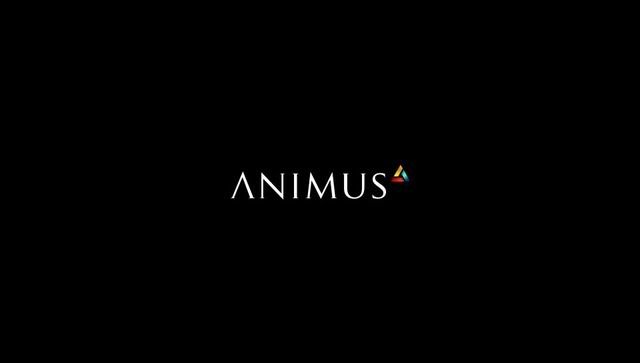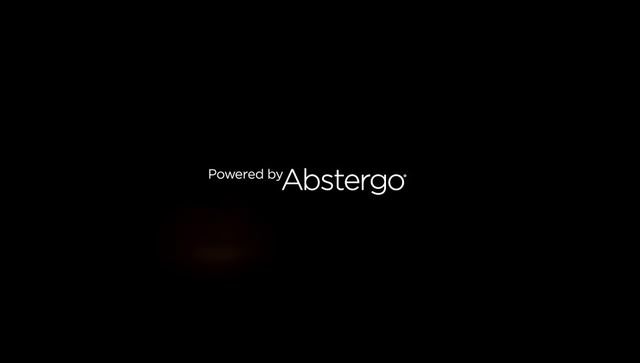Well then:
- Graphics: Not sure there's much more left to be said about this

While the second half of Uncharted has the edge over any specific part of Liberation, it's not really a fair comparison given that the latter has a lot more going on at all times. All things considered it's quite an achievement that it's as close to ACII as it is. Framerate issues aren't that terrible after a while and they get better outside the city.
- The jump button... uh. doesn't actually exist? I might be missing something here, but there actually isn't a dedicated jump button as far as I can tell. What there IS, however, is the lack of sprinting while running in high profile. This means that jumping is now set to the X button when you are running, but you could this in the other games by double tapping it. So I don't know.
- Mission variety: More than decent. It's true that for the most part it's standard AC fare, but they're short enough that you're jumping from one thing to the next before the realization can set in, with a sprinkling of the occasional setpiece. With the exception of a couple of mission the secondary objectives don't really provide much of an extra challenge this time around, unfortunately. There may not be a huge, standout, memorable mission everybody remembers like Three Leaf Clover, but the quality is consistent enough that you don't really need one.
- The persona system: This sounds really cool on paper, but sadly it's not used to the extent it should. Each of the three costumes has different limitations: Lady is basically invisible, but it can't free-run and it's SLOW, Assassin has permanent notoriety and Slave is a mix of both, with limited weaponry but can free-run and go undetected in plain sight, so taking the low difficulty into account it's usually enough. At first the game presents you with chances to choose how to tackle a situation, but as sequences go by the game decides what you wear more and more often. It could have at least had an upgrade subsystem, but there's nothing other than the parasol. It's a great concept and it should be explored further, but as it is it's little more than a novelty.
- Combat: While at first it feels like they've changed it a lot, these changes can be summed up as taking out the middle man that blocking used to be and set counter-attacking to a face button. It's probably the buggiest part of the game, with animation glitches and hits not registering at times, but there's suprisingly little of it. As usual, Avelline is an insanely powerful killing machine and anyone who can react in time for the very generous windows of opportunity counter-attacks offer will have few problems destroying everything that stands in her way. Luckily, some of the secondary synchronization objectives towards the second half of the game include "Don't take any damage", which make up for a bit of a challenge, even a certain item makes them easy anyways.
- Side content: There is actually a surprising amount of stuff to do besides the main game. Liberation does not have the optional linear "dungeons" that were so popular in ACII, but it does have a decent amount of extra mini-missions. These vary from escorting slaves to safety to uncovering plans from Avelline's trading rivals, and they generally focus on stealth with their own secondary synchronization objectives. Other than that there is a number of collectable items, at least one of which is exclusive to a certain Persona, and a sidequest where you kill a citizen that shouldn't be there in order to extend some cutscenes you've already seen.
- Touch stuff: It's not as plentiful as Uncharted or other games, but it's still there. However, most of it is not really critical to the core mechanics other than stealing (which is pretty awkward). You open letters by using both the screen and the rear pad (cute), you decypher documents by pointing to a bright light, change weapons by touching the on-screen icon, paddle with the rear pad, and more. For the most part it's tolerable and nothing is particularly outrageous.
- Music: It's actually very nice! You won't find
this here but it generally fits the action and steal rather well. The only problem is that it seems to constantly start over, so after several hours it's a little annoying, but nothing game-breaking.
- Ship Trading mini-game: This is presented TERRIBLY in-game. It's a small part of a mission, you read a super quick text tutorial and that's about it. Basically you get a map with several ports. You start off with one ship docked in New Orleans, and there are other spots (more of them unlock as the story progresses) for you to send materials. In order to do this, you need to BUY them first from the middle option in the lower part of the screen. You look at what your current port provides and what your possible destinations want and choose accordingly, and if the ship arrives safely then you sell with the same icon for a decent share of profit. Depending on the red icon, the ship has a chance of being damaged by storms or a hurricane or the loot being stolen by pirates. As you get more money you can buy more and better ships, and there are side missions to improve them as well. To send a ship to a location, first you need to choose the port where the ship it's currently docked in, then choose the left icon and then the port you want. It doesn't have to be adjacent but it's obviously more dangerous the longer the path is.
It's not quite as central to the game as the Brotherhood or rebuilding Tuscany and you need to go back and forth to the central headquarters every time, but it does pay off.
That's about it, I think. It's an Assassin's Creed game through and through, but mostly a handheld alternate version of III from what I've seen of the latter. If anyone is burned out on the formula, I don't think what Liberation offers is different enough to make a difference (although sometimes the portability factor works wonders), but any Vita owner who can stand the lack of challenge should definitely look into it. If anybody wants me to expand on something just say so.


